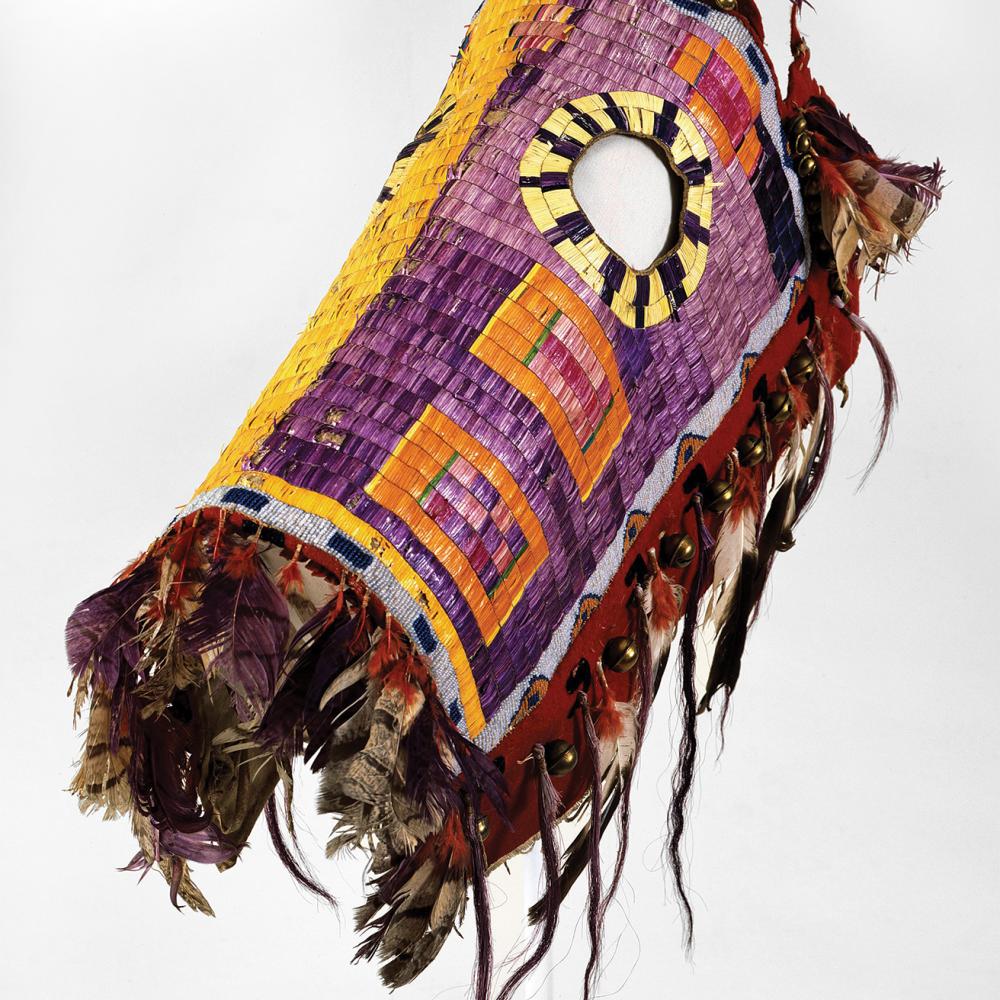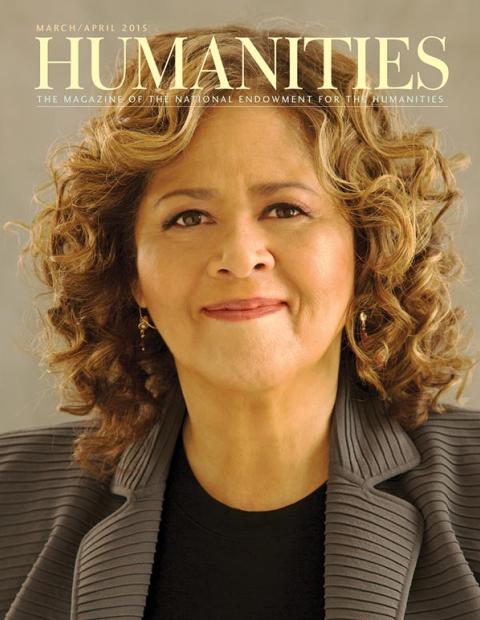The full story behind the grizzly-claw necklace festooned with fur in a display case at the Buffalo Bill Center of the West has the makings of a classic adventure tale. Dating from around 1860, the Central Plains artifact would have been the result of a kill by the eventual wearer. The twenty-eight claws extracted from several bears’ front feet represented power, and the fur, from an otter, meant the wearer possessed a command over land and water.
Even with a few of the plot points missing from the original account, the larger story of the necklace in the Paul Dyck collection in the Cody, Wyoming, museum is compelling for what it tells of so many lost or diminished Native American tribes—Arikara, Blackfeet, Crow, Hidatsa, Kiowa, and Lakota, among others. The necklace is from an era the collector Paul Dyck dubbed “Buffalo Culture.” Curator Emma Hansen noted in an interview with the Missoulian that “the collection represents people of the Plains at the cusp of radical change.” Smallpox decimated the Plains Indians during the nineteenth century, grizzly bears disappeared from the prairies, and by 1890 the buffalo was all but gone.
Dyck’s collection—started by his father in 1886 when he lived near the Blood Reserve in Alberta, Canada—comprises clothing, shields, peace medals, porcupine quillwork, eagle-feather headdresses, and other artifacts, totaling two thousand items. The museum interprets all this with the help of a public programs grant from NEH. “The Plains Indian Museum,” Hansen says via an e-mail, “consults with Plains tribal members in planning exhibitions and programs.”
Dyck was a descendant of Flemish painter Sir Anthony Van Dyck who was a renowned draftsman and portraitist of members of the British royalty and aristocracy. After serving in World War II, Paul Dyck lived on a ranch in Arizona, where he cultivated his interest in Western culture. He is primarily known today for his dramatic, action-packed illustrations of Plains native people, having befriended a number of Blackfeet, Crow, and Lakota. Dyck, who died in 2006, always wanted to maintain control over the collection. Many institutions courted him for it, but it was the Buffalo Bill Center that swayed him. The museum began showing the pieces in 2008.
Hansen’s curatorial work adheres to a philosophy of conservation rather than restoration. Objects are displayed in a manner reflective of Native-American beliefs. Take shields, for example. “Warriors considered shields to have both physical and spiritual protective benefits,” Hansen explains. “The designs on the shields derived from men’s visions or dreams and usually included images of powerful beings such as grizzly bears, buffalo, or eagles, or elements of the sky.” Such is their power that traditional leaders have suggested that shields not be placed facing each other, and so, at the Buffalo Bill Center, they don’t.


